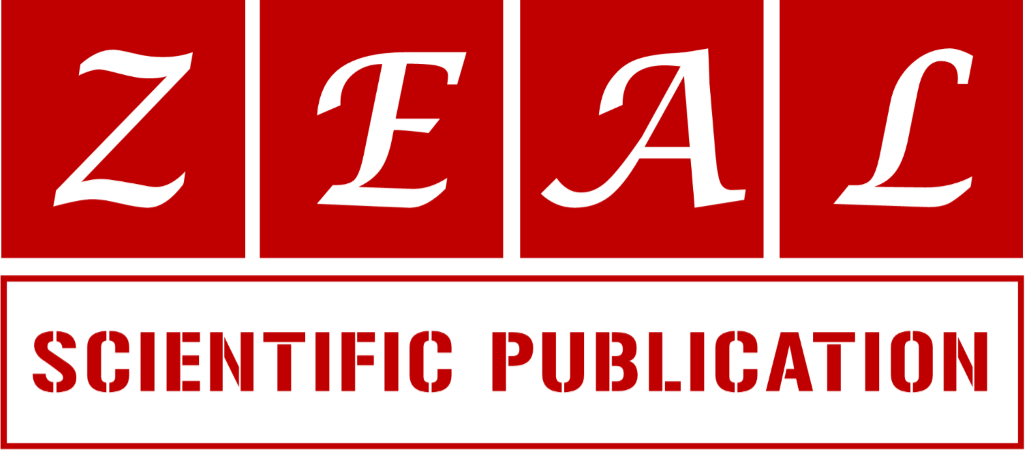COVID-19 and its possible origin
1 EurAsia Heart Foundation, Switzerland.
2 Parasitology Department. Regional High Specialty Hospital (HARE), Dr. Juan Graham Casasús, México.
3 Hygiene and Epidemiology Department, Faculty of Health Technology and Nursing (FHTN), University of Medical Sciences of Villa Clara (UMS-VC), Cuba.
Review
World Journal of Biological and Pharmaceutical Research, 2023, 05(01), 051–056.
Article DOI: 10.53346/wjbpr.2023.5.1.0068
Publication history:
Received on 31 July 2023; revised on 14 September 2023; accepted on 16 September 2023
Abstract:
The struggle between man and infectious diseases dates back to the very beginning of civilization, where the increase of infectious entities is closely associated with poor human actions and management of ecosystems. The objective of the present research was to outline the possible origin of the new coronavirus officialized as SARS-CoV-2 causing COVID-19. A series of aspects about the possible origin of the new pandemic are presented, broken down as follows: Where does this virus come from? probable theories about how this virus spread to humans, what do we know?, what don't we know?, and what can we do now?. It is concluded that this is a highly infectious entity with a high probability of zoonotic transmission, where bats and the mammal known as pangolin stand out as potential reservoirs, but the possibility of synthesizing this virus at laboratory level should not be ruled out, so we do not know if the virus will become endemic, recurrent year after year or finally be controlled; What we do know for sure is that the joint efforts of all human beings living on this planet are needed to win the battle against this new coronavirus.
Keywords:
Anthropogenic; Coronavirus; COVID-19; Origin; Pandemic; Zoonotic
Full text article in PDF:
Copyright information:
Copyright © 2023 Author(s) retain the copyright of this article. This article is published under the terms of the Creative Commons Attribution Liscense 4.0
